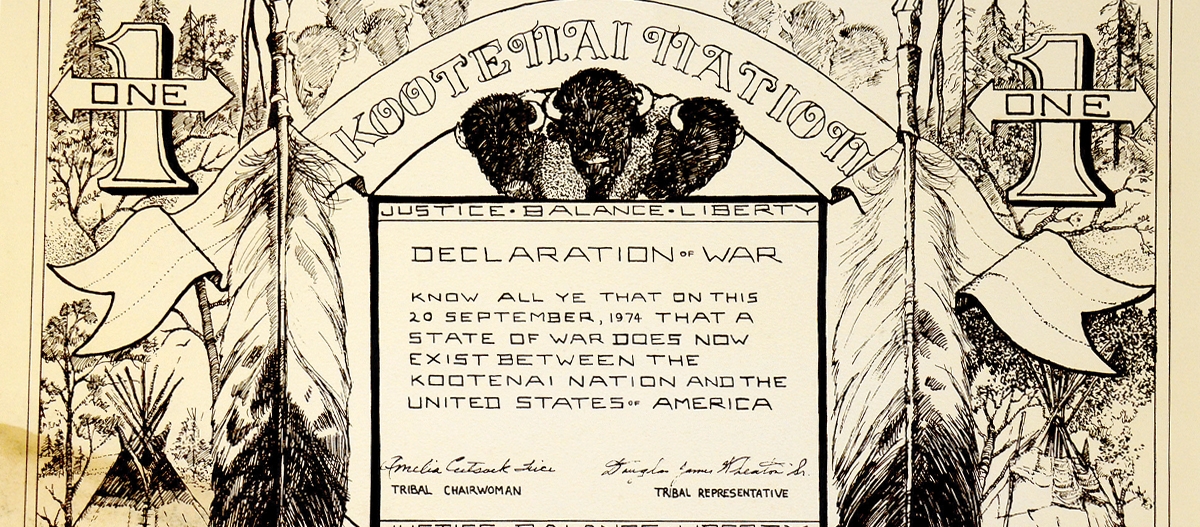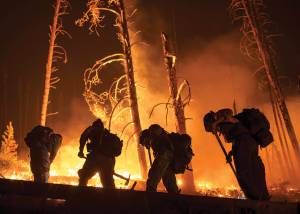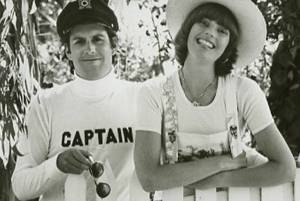By JACK McNEEL
It’s now been 45 years since “The War.” I still remember it well as do many older residents of northern Idaho and particularly Boundary County. It’s probably a new story for most newcomers and a story that needs retelling.
The Kootenai Tribe of Idaho, with a total population of only about 65 members, declared war against the United States in 1974. It was the last time any tribe in the nation made such a bold announcement. Surprisingly, it turned out to be very successful for the tribe.
Prior to that time, the Kootenai Tribe was existing in disastrous conditions, which called for extreme action. The tribe owned no land.
Many houses were dilapidated to the point that winds flowed through the cracks. It was almost like living outside.
Some elders died of exposure. The tribe had been given nothing by the U.S. government, not even any land to claim as their own, despite having lived here, along the Kootenai River, for many generations.
Gary Aitkin, Jr. was a youngster at the time and now serves as the Tribal Chairman. His grandmother, Amy Trice, was chairwoman for the tribe and the principal person in devising this war as a way of improving conditions for all the tribal members.
As Aitkin commented, “They needed to do something. It was a big cry for attention, to say ‘look at our plight.” The money or resources weren’t available to respond to government requests, and they couldn’t wait any longer for help. So they declared war against the U.S.
The tribe had no intention of starting a shooting war. It was to be a peaceful war, to provide tribal members with the requirements needed to keep them alive, essentially food and heat. Tribal members realized it could backfire on them and take some lives.
“It was intended to be a war of the pen, but a lot of tribal members sent their families away because they were afraid for their well being,” Aitkin remembered.
Signs were erected around the little community, charging 10 cents to enter.
Results were positive. No shots were ever fired. President Ford gave the tribe 12.5 acres near the Kootenai River by the old mission.
This was small but it was a beginning.
“That’s where we started,” Aitkin explained. That small land base allowed the tribe to get more services and was a turning point. In the intervening years, the tribe has been able to acquire more land, and their acreage is now upwards of 2,500 acres.
The tribe has worked closely with Bonner County Commissioners during those years to improve living conditions for everyone, benefiting both the tribe and the community of Bonners Ferry.
A major project helping both the tribe and Bonners Ferry was the construction of the Kootenai Falls Lodge in 1986.
Ten years later they opened the Kootenai Falls Casino. Unemployment was very high and income very low when the Lodge opened. This was the first endeavor to change the situation with the tribe and the results have been spectacular.
According to one tribal chairperson in 1995, with the added gaming, “It has turned the tribe around!”
Perhaps another less expected change resulted. The tribal membership stood around 65 when the tribe declared war in 1974. That number rose to 151 when Kootenai Falls Lodge opened in 1995.
The tribe had no experience in running a resort lodge, and they joined with Hagadone Hospitality in Coeur d’Alene when construction began on the lodge in 1986. Then in 1995, when the Kootenai Falls Lodge was added, the facility had one of the highest rates of room rentals in the northwest.
Much of that can likely be credited to Canadians coming down to have a try at the gaming machines.
The Kootenai Falls Lodge is a separate wing, adding an additional 36 rooms to the complex.
The complex is the largest employer in Boundary County, a huge addition, not only to the tribe but to the county as well.
That’s just the beginning of the tribe’s advancements made since the 1974 declaration of war. The Kootenai people had always been river people, depending on the huge sturgeon in the Kootenai River as a primary food source as well as the smaller burbot.
Both species had been greatly impacted by human actions, the largest being construction of the Kootenai Falls Dam in Montana, upstream from Bonners Ferry.
Altering river flows almost eliminated sturgeon reproduction, and the fish population dropped dramatically. Fortunately, sturgeon may live to be 100, so reproduction continued but at an ever -reduced number.
It was 1991 when the tribe built their first sturgeon hatchery. It was not only their first, but the first sturgeon hatchery built in Indian Country across the U.S. That hatchery now provides roughly 10,000 young fish for release in the river annually.
A second hatchery, the Twin Rivers Sturgeon and Burbot Hatchery, was the first of its kind in the world and opened with members of Idaho’s congressional congregation joining with local notables.
A Bonneville Power Administration official stated at the time that it was fortunate the war didn’t cause any bloodshed, but instead provided the tribe with land. Since that time, “they’ve built success upon success.” — ISI










